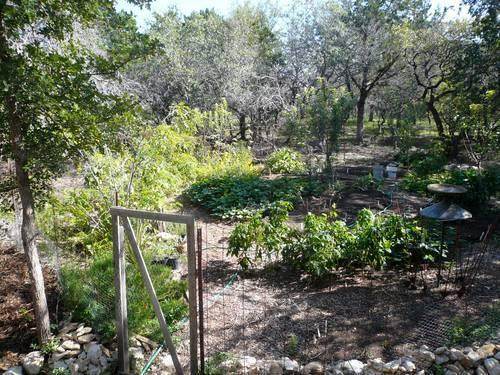
 2
2






Idle dreamer




"We're all just walking each other home." -Ram Dass
"Be a lamp, or a lifeboat, or a ladder."-Rumi
"It's all one song!" -Neil Young
 1
1




Idle dreamer





Idle dreamer





Idle dreamer




My project thread
Agriculture collects solar energy two-dimensionally; but silviculture collects it three dimensionally.




Tyler Ludens wrote:Here's the new berm and basin: .





Idle dreamer




 .
.






Idle dreamer





Idle dreamer




 1
1





Idle dreamer








Idle dreamer










Idle dreamer









Idle dreamer
 1
1










Idle dreamer








Idle dreamer
 1
1





Idle dreamer








 Currently the system is down and I might not start it up again for several months because of other projects. I also need to do a big redesign of the system and move some of the tanks. I did not keep track of costs, but I think all the tanks and pump, and buying a new larger pump because the first one I bought was too small, ended up over $500. I'm not sure this is the right project for me, as it seems rather fussy with all the water testing one should do (and which I didn't do).
Currently the system is down and I might not start it up again for several months because of other projects. I also need to do a big redesign of the system and move some of the tanks. I did not keep track of costs, but I think all the tanks and pump, and buying a new larger pump because the first one I bought was too small, ended up over $500. I'm not sure this is the right project for me, as it seems rather fussy with all the water testing one should do (and which I didn't do).Idle dreamer




My project thread
Agriculture collects solar energy two-dimensionally; but silviculture collects it three dimensionally.









Idle dreamer










Idle dreamer
 1
1






Idle dreamer





Idle dreamer




 ).
).

It'll all work out...





Idle dreamer









Idle dreamer
 1
1








Idle dreamer




 .
.
It'll all work out...





|
My pie came with a little toothpic holding up this tiny ad:
Support permies and give beautiful gifts to gardeners: permaculture playing cards.
https://gardener-gift.com/
|









